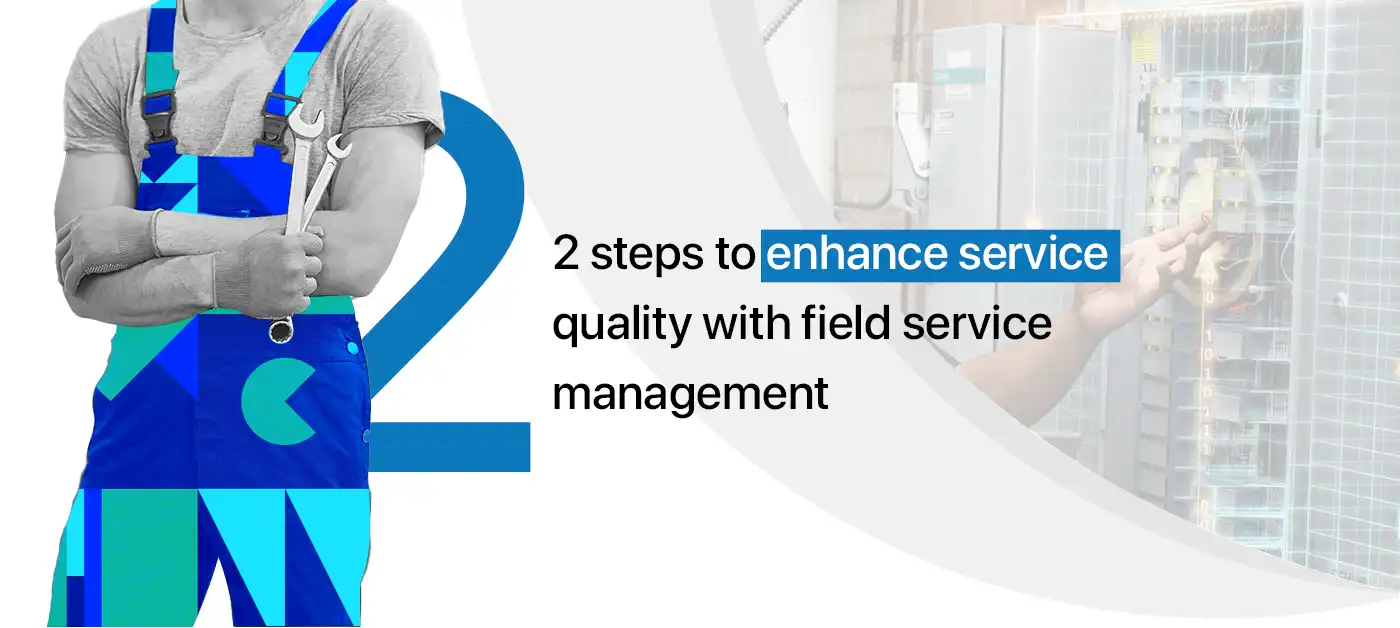1. Efficient Job Scheduling
Job requests are streamlined using field service management software. Some clients could have yearly contracts that call for recurring maintenance. Several one-time clients could submit various demands, particularly in an emergency. Service managers may quickly establish a new ticket for each confirmed work using field service software. Jobs can be ranked according to urgency or other predetermined criteria using an algorithmic field service system, or a scheduler can manually give priority.2. Instantaneous Controls
The inability of managers to see and manage operations in real time has long been a problem for field service management. The service personnel may slack off or work slowly without direct support. A competent field service management system fixes these problems. Managers can follow their field teams thanks to the field service management system and GPS. They could step in at the appropriate moment to address any delays or provide direction through challenging processes. Information from multiple sources is consolidated through integrated dashboards. Managers receive thorough, current information on:- Unassigned and scheduled work orders
- Job status upon completion
- Duration of the work





